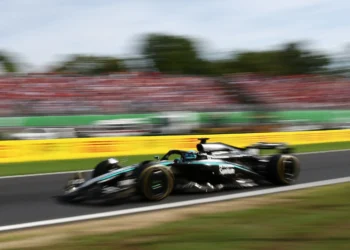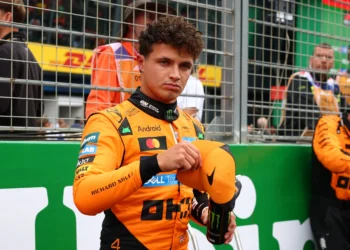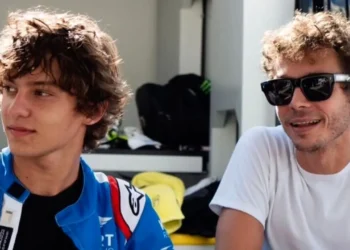Formula 1’s racing guidelines will undergo adjustments for the 2025 season following several contentious on-track incidents this year, most notably clashes between title rivals Max Verstappen and Lando Norris. The FIA aims to clarify and streamline the rules to address inconsistencies that emerged throughout 2024.
Evolution of F1’s Racing Guidelines
The current racing guidelines were introduced in 2024 as an extension of rules formulated after the dramatic 2021 title-deciding battles between Verstappen and Lewis Hamilton. However, the 2024 version faced criticism for ambiguous wording and controversial outcomes, such as Verstappen’s unpenalized off-track defense against Norris during the United States Grand Prix. The incident highlighted gaps in the rules, sparking widespread debate among drivers and teams.
The FIA convened multiple meetings with drivers and team representatives to refine these guidelines. A significant session during the Qatar Grand Prix, described by Lewis Hamilton as “the best meeting” he’d attended, allowed drivers to voice their concerns constructively.
Proposed Changes to the Guidelines
While specifics for 2025 are still under development, several areas are expected to see modifications:
- Clarification of On-Track Responsibilities:
- The driver on the inside of a corner must stay within track limits to retain the right to crowd an opponent on the outside.
- Over-aggressive “divebomb” maneuvers will face stricter scrutiny.
- Consistency in Over/Undertaking Scenarios:
- A uniform approach will be applied to drivers overtaking or defending in various scenarios, addressing the inconsistencies highlighted in Austin.
- Revised Track Design Philosophy:
- Drivers emphasized that extensive run-off areas encourage high-risk moves with minimal consequences. Tracks like Austin with wide, paved run-offs are seen as culprits.
- Many favor the introduction of narrow gravel strips, like the 2.5-meter design successfully implemented at Austria’s Red Bull Ring.
Driver Feedback and Agreement
Drivers largely agree that the rules don’t require a complete overhaul but need refinements to enhance clarity and fairness. George Russell, a director of the Grand Prix Drivers’ Association, stressed the importance of clear expectations:
“If you’re overtaking somebody on the inside, you’ve got the right to run them wide, but only if you can stay on the track.”
Hamilton praised the FIA for their openness, saying, “It’s not us against the stewards. It’s about creating a level playing field. This year has been more consistent, but we’re all working towards perfection.”
Addressing the Role of Track Design
Many believe that addressing circuit layouts is as crucial as refining racing guidelines. The prevalence of paved run-offs has led to fewer consequences for aggressive driving, undermining the spirit of wheel-to-wheel battles. Verstappen emphasized the importance of gravel traps:
“When there’s no gravel, you can just drive off without consequences. Gravel cancels out 90% of the issues we have nowadays.”
Russell echoed this sentiment, calling circuits the “root cause” of many problems:
“The overtakes in Austin wouldn’t have been attempted if gravel were there.”
FIA’s Commitment to Collaboration
FIA stewards’ chairman Garry Connelly highlighted the collaborative effort:
“The goal of the guidelines is consistency. We’re here to ensure fair racing, not to inflict penalties. The Qatar meeting emphasized that open-door policy.”
FIA Single-Seater Sporting Director Tim Malyon added that the drivers’ input would guide circuit improvements and rule adjustments for 2025.
Looking Ahead
The 2025 season will mark a significant evolution in F1’s approach to racing standards. With refined rules, a focus on improving circuit designs, and collaborative engagement between drivers and stewards, the sport aims to strike a balance between hard racing and fairness. These changes promise to deliver cleaner, more competitive battles on track while addressing the controversies that have marred recent seasons.










